There was a hole (rua) in the east through which the Sun rose in the morning and another hole in the west through which he left in the evening. This conception seems to have been in the minds of the ancient Mesopotamians: ... In ancient Babylonia they imagined the earth was bulging upwards because down below under the earth, in the darkness, there was a huge freshwater reservoir (apsū). The form of the earth was therefore like an overturned boat. I suggest the same kind of world view could have been shared by the creators of the rongorongo texts. Above there was a sky dome and below the sky dome the earth was also dome-shaped like an overturned canoe - i.e. formed like a hare paega. There were two shells ...
... Sky (rangi) and Earth (papa) lay in primal embrace, and in the cramped, dark space between them procreated and gave birth to the gods such as Tane, Rongo and Tu. Just as children fought sleep in the stifling darkness of a hare paenga, the gods grew restless between their parents and longed for light and air. The herculean achievement of forcing Sky to separate from Earth was variously performed by Tane in New Zealand and the Society Islands, by Tonofiti in the Marquesas and by Ru (Tu) in Cook Islands. After the sky was raised high above the earth, props or poles were erected between them and light entered, dispelling the darkness and bringing renewed life. One detail which is iconographically of interest is whether the god responsible for separating Earth and Sky did so by raising the Sky with his upraised arms and hands, as in Tahiti and elsewhere, or with his feet as in New Zealand ... ... It is certainly true that the exterior form of the hare paenga, when the superstructure and thatch are intact, resembles an overturned boat, with the form established by the foundation. However, it is equally true (and perhaps equally important) that the configuration of the foundation is otherwise most like the Rapa Nui vulva design called komari. The komari is the quintessential female symbol which is everywhere prominent in Rapa Nui art, often carved in rock and wood, incised on human crania, and painted on the human body.
In the hare paenga foundation form, the komari is cut in stone and embedded in the earth, the cosmologically female realm. Spanning above, over and virtually into this komari foundation is the ridgepole 'backbone' and curved rafter 'ribs' of what I surmise to be a symbolically male form. In short, we have a shelter which may be metaphorically understood as 'the sky father enclosing his progeny as he embraces the earth'. Those progeny entered and departed this male/female, earth/sky form through a low, dark tunnel which may be logically compared to the birth canal.
This postulated symbolism does not, of course, negate the 'overturned boat' comparison, since Polynesian canoes were often likened to the bodies of great ancestors or to Tane as First Man. The canoe which transported the first exploratory voyage to Rapa Nui was said to have been called The Living Wood, a reference to Tane. Indeed, it is likely that the 'overturned boat' concept and its relationship to home, hearth and lineage, which is so graphically visible, was commonly understood (hence its retention in the oral literature), while the more esoteric godly connections, perhaps along the lines of those explored here, were known only by spiritual leaders ...
to enter a war canoe from either the stern or the prow was equivalent to a 'change of state or death'. Instead, the warrior had to cross the threshold of the side-strakes as a ritual entry into the body of his ancestor as represented by the canoe. The hull of the canoe was regarded as the backbone of their chief. In laments for dead chiefs, the deceased are often compared to broken canoes awash in the surf ...
... At the letter i there is 'der Versammlungsraum mit der Schicksalskammer' (assembly hall with a room for deciding the outcome) ... An element of hazard (gambling) was present at the equinoxes according to the ancient Babylonians: ... In ancient Babylonia they imagined the earth was bulging upwards because down below under the earth, in the darkness, there was a huge freshwater reservoir (apsū). The form of the earth was therefore like an overturned boat: Da ferner sofort nachgewiesen werden wird, dass sich der apsū unter der Erde ihrer ganzen Ausdehnung nach befindet und ein Höhlung unter der Erde nur verursacht werden kann durch eine Wölbung der Erde, werden wir nicht umhinkönnen, diese Vorstellung von dem apsū wieder gespiegelt zu sehen in dem Bericht des Diodor, dem gemäss die Erde von den Chaldäern in der Gestalt eines umgestülpten Bootes vorgestellt wurde ... ... Before the beginning of a new 'year' (= halfyear) it is not yet determined what will come. According to the Babylonian view there was a chamber of hazard where the sky roof meets earth: ... Als solch ein Ort (resp. ein Gemach) im Osten des apsū [water below the earth] und im Osten der Erde an der Grenze zwischen dem sichtbaren und unsichtbaren Reiche hat der Duazag eine ganz besondere Bedeutung im Glauben der Babylonier. Er ist ... 'der Ort der Geschicke', der ki nam-tar-tar-ini = aar imātum. Ein Solcher konnte nur im Osten liegen. Denn die Sonne geht im Osten auf. Die Ostsonne ist Marduk. Darum bringt auch Marduk die Geschicke aus der Behausung seines Vaters Ía, dem Urwasser, hervor ... ... Von diesem [Nebukadnezar's II grosser Inschrift] heisst es ... 'Duazag, der Ort der Geschicke im Ubugina [Versammlungsraum], das (dem?) Gemach der Geschicke, in dem im Zakmuku [= F(e)ast for Marduk at the beginning of the year to determine (make fast) the future (of the year/halfyear) for which the gods went to Marduk's tempel Ĭsagila in Babylon: '... zu dem sich die übrigen Götter und vor Allem Barsip(pa)'s Hauptgott Nabū in feierlichem Zuge zu Schiff ... begaben ...'] zu Jahresanfang am 8-ten (und?) am 11-ten Tage der (Gott-)König .... sich niederlässt und die Götter über Himmel und Erde .... das Schicksal der Zukunft .... bestimmen ....' ... Ganz ähnlich is der Name 'Gott von Duazag' des Gottes Nabū ... zu erklären. Er bezeichnet ihn als den Gott des Wachtstums, welches als aus dem Osten stammend betrachtet wird, weil die Sonne, die das Wachstum bringt, im Osten aufgeht. Dass aber Nabū als Ost-Gott aufgefasst wurde, hängt damit zusammen, dass sein Stern, der Mercur, nur im Osten oder Westen sichtbar ist ...
... Wir begreifen, warum der Tirītu durch 'Monat (des) Duazaga' bezeichnet wird. Denn in diesem findet die Aussaat des Korns (insbesondere ... des Weizens und der Gerste) statt, der Duazag aber hat zu diesen ... als Ort des Gottes, der das Wachstum des Weizens befördert, eine ganz bestimmte Beziehung ¹. ¹ Beachte aber, dass der erste Monat des Jahres nach dem Schicksalsgemach (= Ubugina) bezeichnet wird ... , der siebente aber d.i. der erste der zweiten Jahreshälfte nach dem im Ubugina befindlichen Duazaga. Sollte darum die Deutung des Namens Tirītu als 'Anfang' doch vorzuziehen sein? (Peter Jensen, Die Kosmologie der Babylonier.)
In Egyptian thought Night (Nut) handed over (delivered) the Sun in the morning, ... Nut, whom the Greeks sometimes identified with Rhea, was goddess of the sky, but it was debatable if in historical times she was the object of a genuine cult. She was Geb's twin sister and, it was said, married him secretly and against the will of Ra. Angered, Ra had the couple brutally separated by Shu and afterwards decreed that Nut could not bear a child in any given month of any year. Thoth, Plutarch tells us, happily had pity on her. Playing draughts with the Moon, he won in the course of several games a seventy-second part of the Moon's light with which he composed five new days. As these five intercalated days did not belong to the official Egyptian calendar of three hundred and sixty days, Nut was thus able to give birth successively to five children: Osiris, Haroeris (Horus), Set, Isis and Nepthys ... ... Curiously the spine of a human consists of 7 neck bones, 12 dorsal bones and 5 tail bones, 24 vertebra in all. Certainly this was noticed very early and thereafter incorporated into the myths, wherever suitable. 5 tail bones (although no tail was visible outside the human body) must correspond to the 5 extra days at the end of the year (not visible in the calendar) ... and Mother Earth grasped the Sun at the end of the Day:
But it was said that anciently the Sun had travelled too fast from the horizon in the east to the horizon in the west. This myth could have been a way to teach about the change from 10 months to 12 months. ... Maui took the sacred tresses of his sister Hina, he cut off lengths of Hina's hair and plaited it, to make a rope whose mana could not be destroyed by Ra. He took that noose of Hina's hair, he travelled eastward to the border of the sea; he placed his ropes around the pit from which the sun rises, waited there, he waited for the dawn. Then Ra came up, he came up from the spirit-world which lies in the east. Maui pulled the cord, he caught the sun-god by the throat! Ra struggled, kicked, he screamed against the sky. 'Then will you go more slowly if I turn you loose?' The sun then promised Maui, 'Let me go, and I will move more slowly, I will make longer days for your fishing'. Since that time, men have had longer days in which to go about their work ... If the days grew longer, then also the year would become longer.
Should we try to count from the beginning of side b, then the position of Ba1-3 will become day number 506 + 3 = 509, which 'happens to be' equal to 365 + 12 * 12 = 364 + 145 = 2 * 182 + 290 / 2 (where 290 = 182 + 108). The Sun promised to move more slowly in order to make longer days for fishing. And as if by design day 144 on side a of the G tablet marked the Pillar-to-fish-by:
When the Sun in day 288 (= 2 * 144) reached Benetnash in Ursa Major the Full Moon would be at the right ascension line closing up to the north pole star (Polaris). ... Gregory dropped 10 days to bring the calendar back into synchronisation with the seasons. Accordingly, when the new calendar was put in use, the error accumulated in the 13 centuries since the Council of Nicaea was corrected by a deletion of ten days. The Julian calendar day Thursday, 4 October 1582 was followed by the first day of the Gregorian calendar, Friday, 15 October 1582 (the cycle of weekdays was not affected) ... ... The canoes of Ava Rei Pua and of Hotu were seen near the (off-shore) islets. On the fifteenth day of the month of October (tangaroa uri) the canoe of Hotu and the canoe of Ava Rei Pua landed. On the fifteenth day of the month of October (tangaroa uri), Nonoma left the house during the night to urinate outside. At this point Ira called out to Nonoma, 'Look at the canoe!' Nonoma ran, he quickly went to Te Hikinga Heru (a ravine in the side of the crater Rano Kau) and looked around. There he saw the double canoe way out near the (offshore) islets, and the two (hulls of the canoe) were lashed together. He ran and returned to the front of the house. He arrived and called into the house: 'Hey you! This canoe has arrived during the night without our noticing it!' Ira asked Nonoma, 'Where is the canoe, which you say is lying out there (in the water)?' Nonoma's voice came back: 'It is out there (in the water) close to the (offshore) islets! There it lies, and the two (hulls) are lashed together.' The four of them (corrected for 'the six of them') went out and picked up leaves (on branches) to give signals. They picked them up, went and arrived at Te Hikinga and saw the canoe. Raparenga got up, picked up the leaves, took them in his hands, and waved, waved, waved, waved ... [E:75] To compensate for the effects of the precession the diurnal time for observation could be adjusted a-cordingly.
For in the following night would come the First Point of Aries - similar in meaning to how the Pleiades covered a pair of days ('twins') - the end of the old year respectively the beginning of the new year (→ erua). Alcyone (*56) - Sheratan (*27) = *29. ... another Alcyone, daughter of Pleione, 'Queen of Sailing', by the oak-hero Atlas, was the mystical leader of the seven Pleiads. The heliacal rising of the Pleiads in May marked the beginning of the navigational year; their setting marked its end when (as Pliny notices in a passage about the halcyon) a remarkably cold North wind blows ... ... In later research it was postulated that the [Phoenician] alphabet is actually two complete lists, the first dealing with land agriculture and activity, and the second dealing with water, sea and fishing. The first half beginning with Alef - an ox, and ending with Lamed - a whip. The second list begins with Mem - water, and continues with Nun - fish, Samek - fish bones, Ayin - a water spring, Peh - the mouth of a well, Tsadi - to fish, Kof, Resh and Shin are the hook hole, hook head and hook teeth, known to exist from prehistoric times, and the Tav is the mark used to count the fish caught ...
Longer days for fishing implied more fishes to eat, and the kai gesture could have been used to show that such a season of plenty was in front.
Kaiga. 1. Action of eating; meal; nourishment (katiga was the ancient word). 2. Ground; country; island. 3. Womb, uterus (also matakao). Vanaga. Land, country, place, region, estate, soil; noho kaiga, indigenous, a native of; mau kaiga, proprietor; hooa te kaiga, to buy land. T Pau.: kaiga, the soil. Mgv.: kaiga, land, country, property, the earth, the world. Mq.: kaina, kaika, residence, property, patrimony. Ta.: aiá, place of residence. Churchill. Kahi. Tuna; two sorts: kahi aveave, kahi matamata. Vanaga. Mgv.: kahi, to run, to flow. Mq.: kahi, id. Churchill. Rangitokona, prop up the heaven! // Rangitokona, prop up the morning! // The pillar stands in the empty space. The thought [memea] stands in the earth-world - // Thought stands also in the sky. The kahi stands in the earth-world - // Kahi stands also in the sky. The pillar stands, the pillar - // It ever stands, the pillar of the sky. (Morriori creation myth according to Legends of the South Seas.)
|
||||||||||||||||||||||||||||||||||||||||||||||||||||||||||||||||||||||||||||||||||||||||||||||||||||||||||||||||||||||||||||||||||||||||||||||||||||||
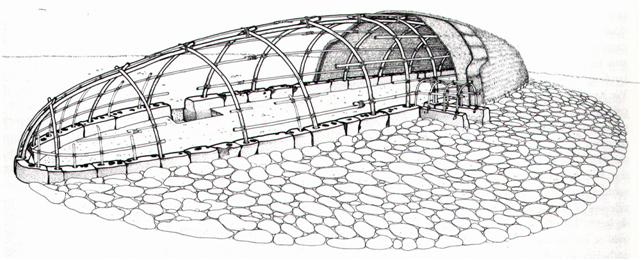
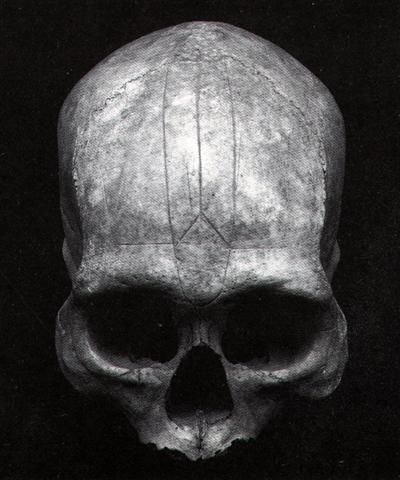
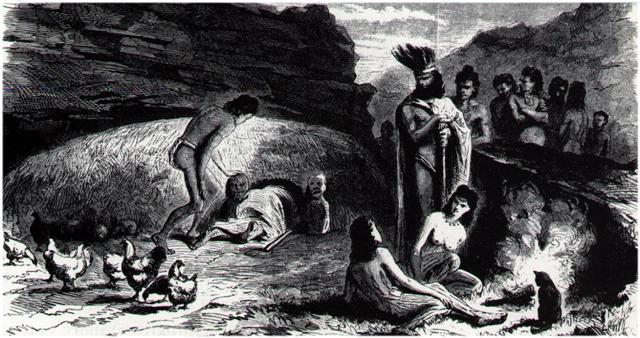
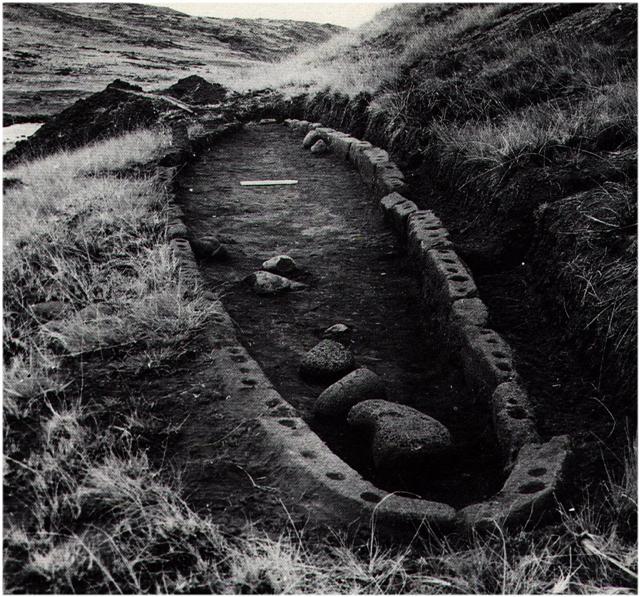


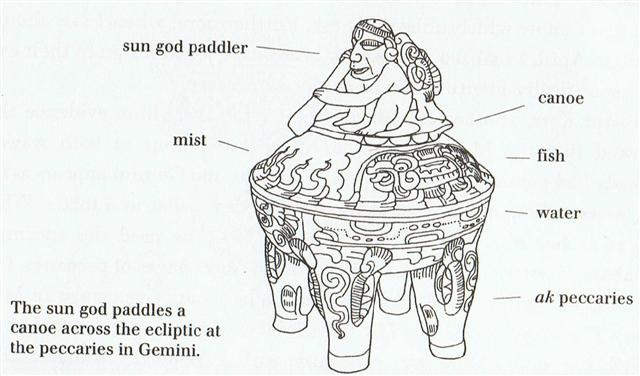
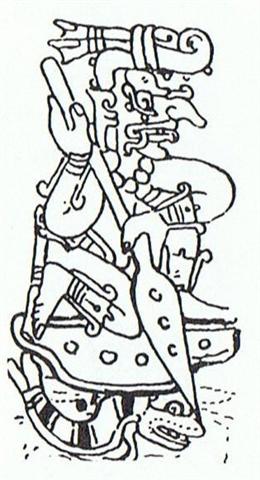
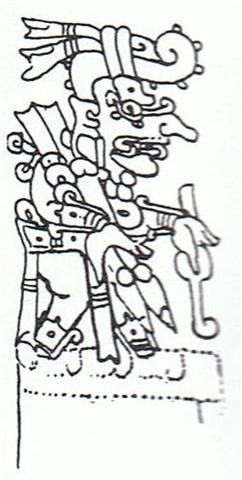



.jpg)





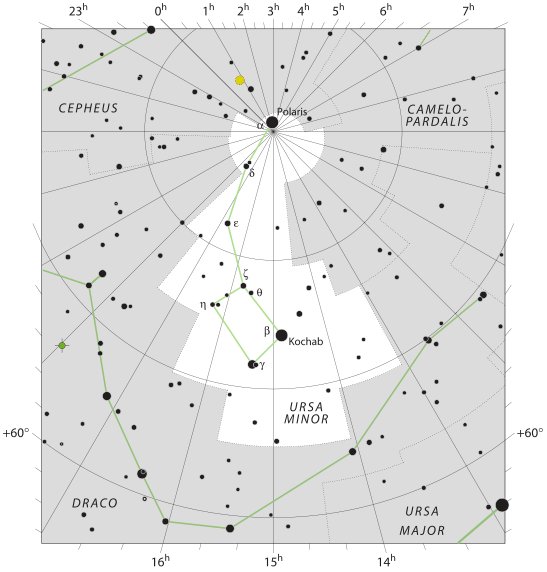

.jpg)


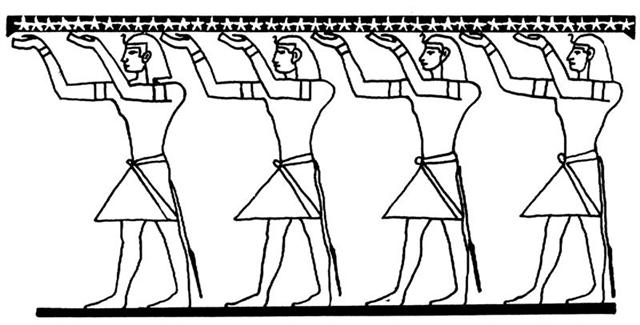

.jpg)
